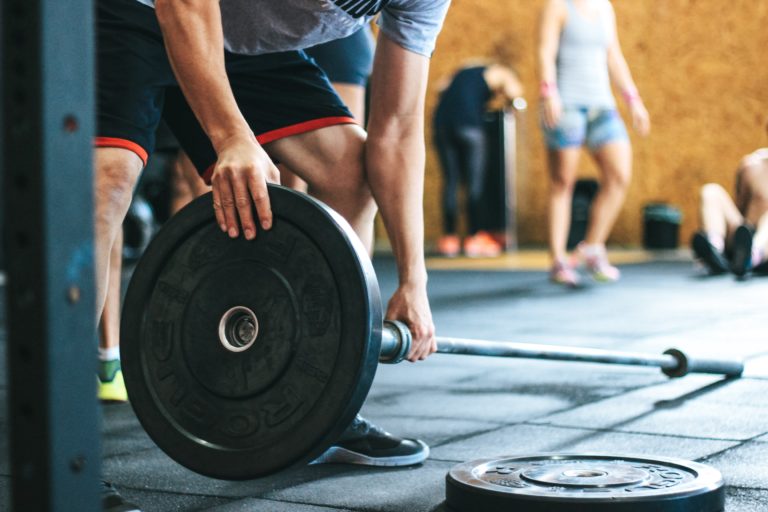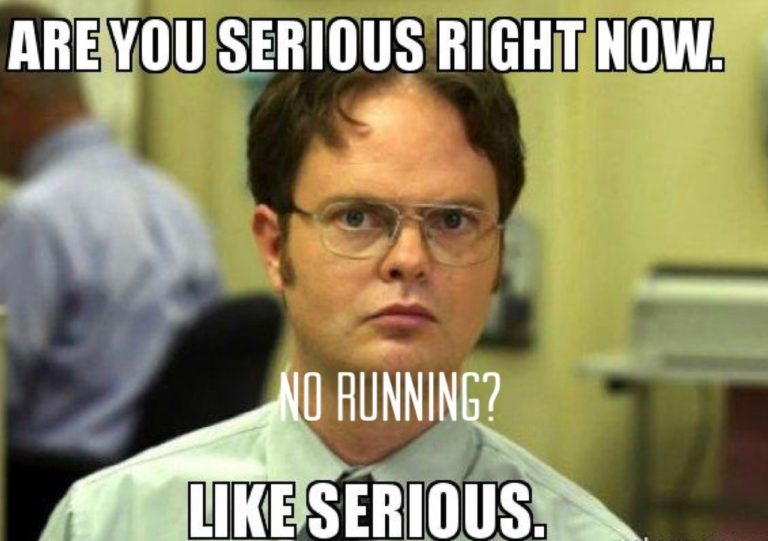You love to run, right? But this whole strength training as a runner thing is a bit confusing, you don’t want it to interfere with your run plan or know what exercises you should be doing.
The good news is not only is adding strength training make you a stronger, less injury prone and faster runner, but you can add it to your weekly plan without throwing a hitch your run game!
MINDSET CHECK: Strength training is not cross-training it is just apart of your training as a runner and an athlete
Why is Strength Training important:
What does the Research say:
Effects of Heavy & Explosive Strength Training on Endurance Performance
- Increase economy (ease of running)
- Increase lactate threshold
- Decrease or delayed fatigue
- Increase max strength & speed
- Improved endurance performance
- Increase rate of force development (measure of explosive strength)
Strength Training reduced sports injuries to less than 1/3 and overuse injuries could almost be halved
Strength Training on Performance in Endurance Athletes
- Improved velocity at VO2 max
- Power output at VO2 max
- Maximal anerobic running test velocity
KEY TAKEAWAY: VO2 max is the measure of the maximal amount of oxygen a person can use during intense exercise, so its basically a measurement of your body’s ability to use oxygen ie taken more oxygen and deliver to muscles
So let’s put this all together and give you 3 really easy to implement exercises you can do anywhere! You can also easily add them to your easy pace days. If you are currently in training season you will be good to add these as well! Remember the heavy and explosive strength training benefits above? It is recommended you implement a program like that after racing system and go from there.
Our power muscles the glutes, the cheeks, the peaches, etc whatever you want to call them need alot of attention in most runners so the three exercises below focus on increasing strength and stability there. Adding them to your routine will get you on the road to running easier, faster, and with less nagging aches or pain. Some focus can also help you to hit that PR in your next race!
KEY TAKEAWAY: This series of exercises are perfect for easy run days. If you need to begin without resistance thats ok, 3 sets of 15 with or without using resistance band
These are just a starting point to adding more targeted runners strength exercises into your run plan. The idea is to begin targeted strengthening program that includes free weights, barbell, kettlebells, etc that can be used throughout the year with different adjustments based on your run/walk or training schedule. Stronger hips to keep you on the pavement = a happy and faster runner!
Research excerpt from PT management for endurance runners
Featured Photo by Victor Freitas from Pexels





